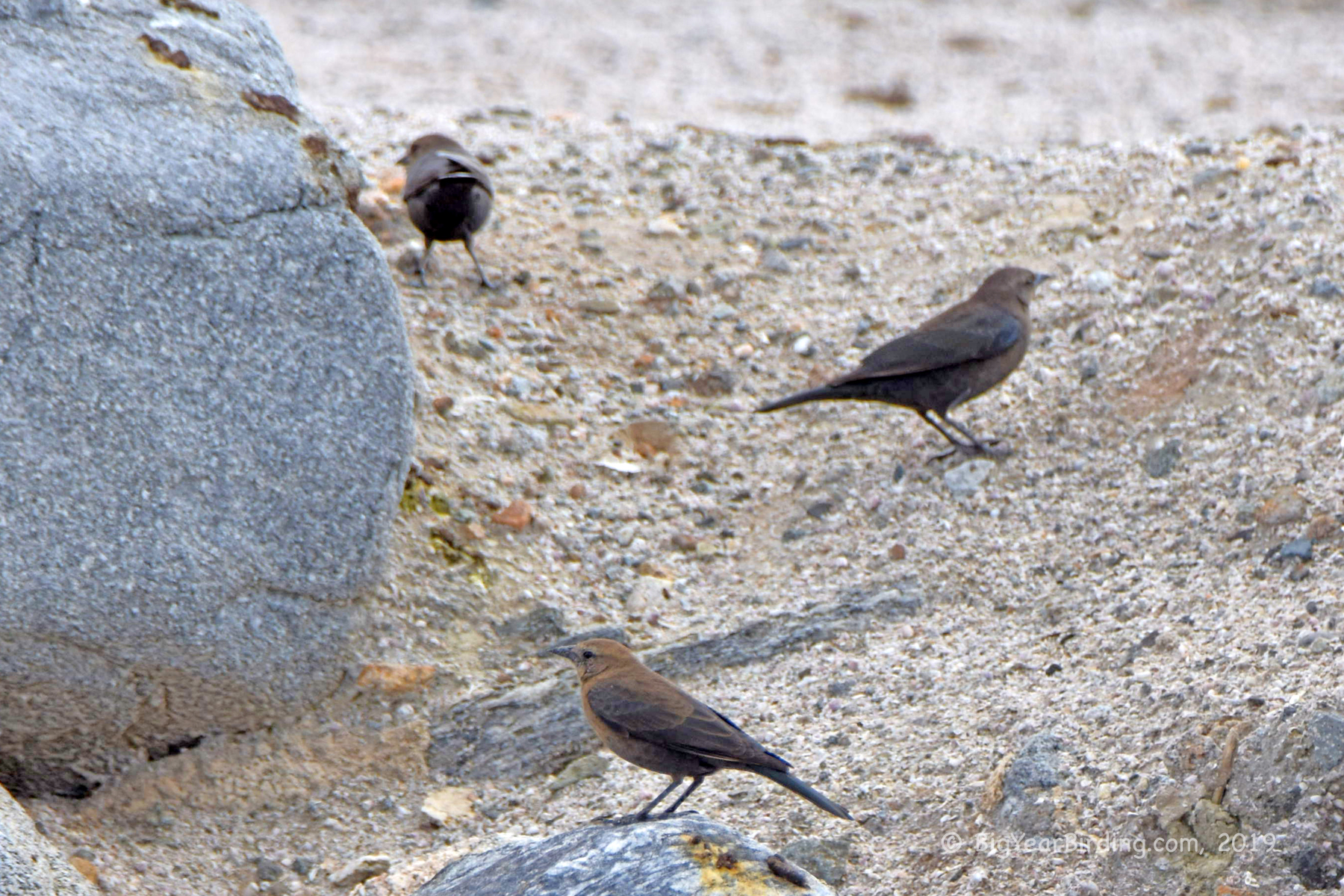The Brewer’s Blackbird (Euphagus cyanocephalus) is a medium-sized bird that is commonly found throughout western North America. Adults are typically 9-10 inches long, have a wingspan of 15-16 inches, and weigh between 1.5-2 ounces. Males and females have similar plumage, with black feathers covering their bodies and iridescent blue-green heads. Juveniles have a brownish-black plumage and a pale eye. Brewer’s Blackbirds have a long, slightly curved bill and a fairly short tail.
One of the key field marks for Brewer’s Blackbirds is their glossy blue-green heads, which are particularly striking when the sun shines on them. Another distinguishing feature is their yellow eyes, which stand out against their dark plumage. The black feathers covering their bodies have a slightly iridescent quality to them, giving them a glossy appearance. Brewer’s Blackbirds are often seen in large flocks, where their distinct vocalizations can be heard from a distance.
Brewer’s Blackbirds are considered to be year-round residents in parts of their range, such as the Pacific Northwest and California. However, they are also migratory in some areas, such as the northern Great Plains and the interior West. In these regions, Brewer’s Blackbirds can be found during the breeding season, but migrate south to Mexico and Central America during the winter months. They are often seen in agricultural areas, where they feed on insects and seeds, as well as in urban environments, where they scavenge for food.
During the breeding season, male Brewer’s Blackbirds will display their plumage and vocalizations in order to attract a mate. They build cup-shaped nests out of grass and twigs, which are typically located in shrubs or trees. Females lay 3-6 pale blue-green eggs, which hatch after approximately 12-14 days. Both parents help to care for the chicks, which fledge after about two weeks. Brewer’s Blackbirds are known to be adaptable and can thrive in a variety of environments, making them a common sight in many areas of western North America.

